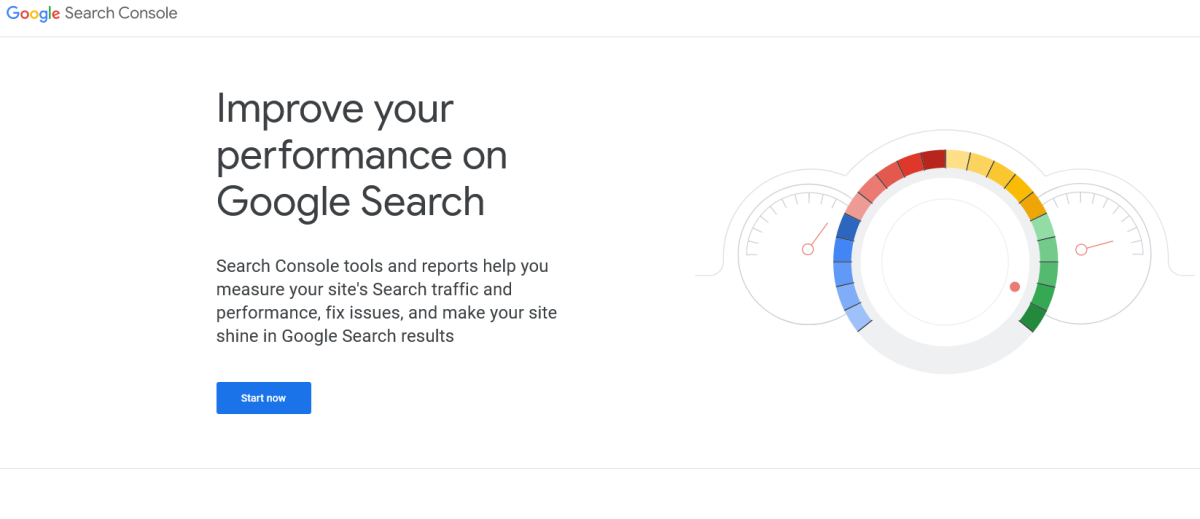In the ever-evolving landscape of digital marketing and SEO, Click-Through Rate (CTR) manipulation has emerged as a hot-button topic. With Google continuously refining its algorithm to prioritize user experience, the role of user behavior metrics—like CTR—is becoming increasingly important. One tool that’s making waves in this area is the SearchSEO CTR Bot. But what exactly does this bot do, is it safe to use, and how can businesses ensure stakeholder buy-in when considering such tools?
What is the SearchSEO CTR Bot?
The SearchSEO CTR Bot is an automated software designed to simulate human behavior that influences website rankings on search engines. Specifically, it mimics searcher actions—entering a keyword into Google, clicking on a result (ideally your page), and interacting with your website. The goal? To increase the Click-Through Rate on your listings, a behavior signal believed to factor into search engine rankings.
CTR bots like SearchSEO are part of a new breed of tools that work within the behavioral manipulation category of SEO. Instead of optimizing on-page content or building backlinks, these tools attempt to tweak the metrics that suggest to Google that a page is more relevant or satisfying to users.

Key Signals Targeted by SearchSEO CTR Bot
While the full scope and weighting of Google’s ranking signals remain proprietary, most SEOs agree that some behavioral signals do contribute to ranking factors to varying degrees. Here’s what the SearchSEO CTR Bot targets:
- CTR (Click-Through Rate): The tool’s primary focus is making your result appear attractive and clicked more often, even if artificially.
- Session Duration: By staying on your site for a pre-configured time, the bot attempts to show “engagement.”
- Pogo-Sticking Behavior: This involves the bot returning to the search results and choosing another result, which helps simulate genuine decision-making behavior.
- Bounce Rates: The bot may simulate scrolling, clicking internal pages, and engaging with on-site elements to keep bounce rates low.
Each of these simulated signals helps paint a picture of a page that is valued and useful, a picture that, if seen by Google, could potentially bump your page rankings.
How SearchSEO CTR Bot Works
The bot utilizes a distributed network of residential and mobile IP addresses to mimic genuine user behavior. This wide geographic and device variability helps ensure that actions appear organic rather than automated. You can configure the bot to target specific:
- Keywords and phrases
- Geo-locations
- Times of day
- Behavior patterns and engagement depth
Once setup is complete, the system will begin executing search-and-click sessions that resemble real-world actions, helping improve your CTR metric. Some customized plans even allow the use of real mobile devices and rotating proxies to increase authenticity further.

Safety and Risks: Is It Worth It?
One of the first concerns professionals encounter with a tool like this is: Is it safe to use? Here are the main considerations:
1. Google’s Policy and Potential Penalties
Google’s Webmaster Guidelines explicitly advise against manipulative behavior. While CTR manipulation is not as easily detectable as link farms or duplicate content, the risk still exists. Whether or not Google actively penalizes for this kind of manipulation is up for debate, but they do have machine learning models analyzing user behavior on billions of queries every day.
2. Fingerprinting and Detection
Advanced bots will take measures to avoid detection—mixing IPs, using randomized session lengths, or simulating mouse movement. Still, the risk of detection increases with volume and frequency. Using such tools in moderation and under controlled settings is recommended to minimize footprint.
3. Technical Impacts
Mass bot usage can skew your site’s analytics data. If you’re not segmenting traffic properly, you’ll struggle to decipher genuine user behavior, which could impair your A/B testing, conversion analysis, and UX decisions.
4. Ethical and Brand Considerations
There’s also an ethical component. Are you comfortable using artificial methods to enhance your site’s competitiveness? For brands focused on long-term trust and authority, perceived “shortcuts” can conflict with core values.
Stakeholder Buy-In: Making the Business Case
Convincing stakeholders—from CMOs to legal teams—that using a CTR bot is a good idea can be challenging. Here’s how to present a well-rounded case:
Define the Objective Clearly
Explain that using the bot is one part of a broader digital playbook meant to test the influence of behavioral metrics in search positioning, not a standalone silver bullet. Ensure everyone understands the benefits and the risks.
Provide a Test Framework
Stakeholders are more likely to agree to small-scale, time-boxed experiments rather than full-blown implementations. Propose a 30-day pilot using low-competition keywords and a test domain to measure potential impact.
Account for Ethics and Transparency
Some companies tie their values closely to transparency and honesty. Address this by including an ethics brief and auditing process. Show that you’ve weighed pros and cons, and you’ll use the tool responsibly.
Prepare ROI Projections
Use data from test campaigns or industry studies showing results from CTR optimization. If your website moves from Position #5 to Position #2, how much more traffic can that generate? Translate those visits into leads, and leads into revenue.
Alternatives to Bot-Based CTR Manipulation
If the risks associated with automated bots make you nervous, there are more organic ways to nudge CTR:
- A/B testing headlines and meta descriptions to increase real user engagement
- Structured data implementation (schema) to enhance result snippets and win more clicks
- Content freshness and brand equity to naturally improve user interest
- Promotional CTR strategies via social media to encourage branded searches
While these methods take time, they strengthen overall your site authority and minimize risk.
Final Thoughts: Should You Use the SearchSEO CTR Bot?
There’s no denying that behavioral signals matter in SEO—and CTR is one of the most visible. The SearchSEO CTR Bot gives marketers a potentially powerful tool to influence these signals, but not without trade-offs. The key lies in responsible usage, keeping stakeholders informed, and integrating performance testing every step of the way.
Here are a few essential takeaways for decision-makers:
- Understand the line between testing and manipulation
- Avoid becoming over-reliant on bots—diversify your SEO toolbox
- Always be prepared to pivot if results, risks, or guidelines shift
In the right hands, tools like the SearchSEO CTR Bot can be insightful, strategic allies. But like any digital tactic that rides the line between black and gray hat, the best approach is one grounded in strategy, transparency, and responsible experimentation.
yehiweb
Related posts
New Articles
“Publishing failed” WordPress error explained
Nothing is more frustrating for content creators and site administrators than spending time and effort crafting a perfect post in…


